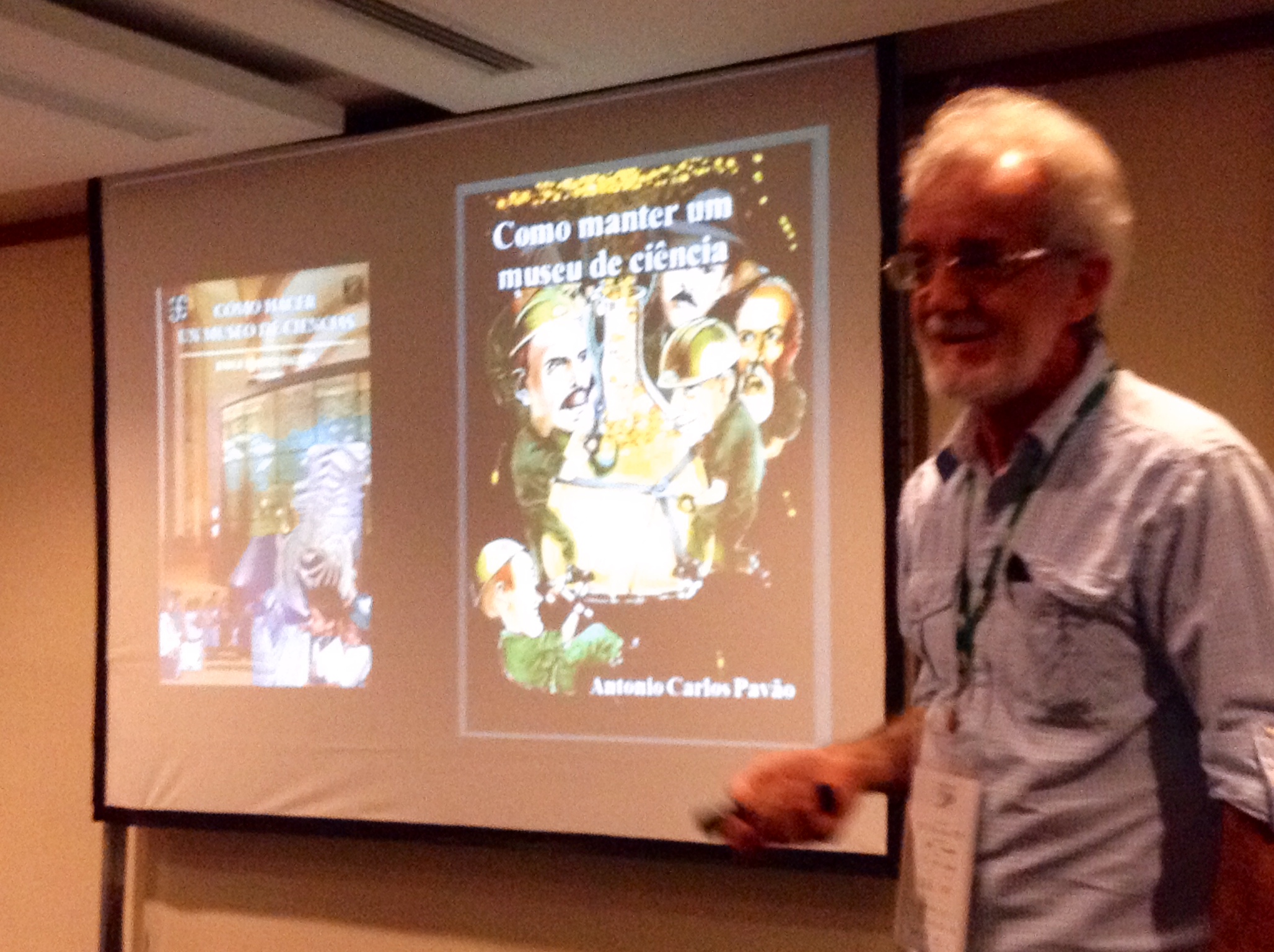What could be a better place to learn about the natural world than in nature itself? That is the proposition of the panel presented at the second day of the 13th PCST Conference, on Tuesday, “Outdoor Science Parks”. Using the environment elements as resource, the outdoor science parks make full use what nature offers for free. These parks are conceived to be intrinsically interactive, making science a living experience for children, according to the panellists.
“The Science Parks proved to be excellent science learning spaces suiting Indian psyche, as people are found of open spaces”, comments Ganga Rautela, from National Council of Science Museums, on the experience in India. Rautela points out that these parks provide enriched natural experiences: it is entertainment, but promotes and explain science in a joyful way. He observed that science parks are more affordable, as they can be benefited by clever and cheap alternatives of games, using what nature offers for free. “Science parks are the best place to democratize science”, adds him.
Ronen Mir, from the Weizmann Institute of Science, Israel, listed some of the infinite possibilities for the outdoor exhibits. Water, sun, wind, waves can be source for experiments such as solar panel, photovoltaic cells, turbines, weather vanes that show the direction of wind, wave generators, pipes to hear the sounds, Newton ioio. “Science is everywhere. One needs to look. The possibilities are endless”, said the scientist.
In Brazil, the Espaço Ciência, in Pernambuco, was built in a space of 120 thousand square meters, and incudes indoor and outdoor activities. Its director, Antonio Carlos Pavão, agrees that the open parks can be perfectly constructed with a low budget, all that is needed is creativity and space: “the wider the space, the broader are the possibilities of experiments with science and nature”. However, there is a continuous cost to keep them working and safe, as they suffer with the effects of the weather. “There must have a program of daily maintenance and an investment on the quality of the materials”, observes.



